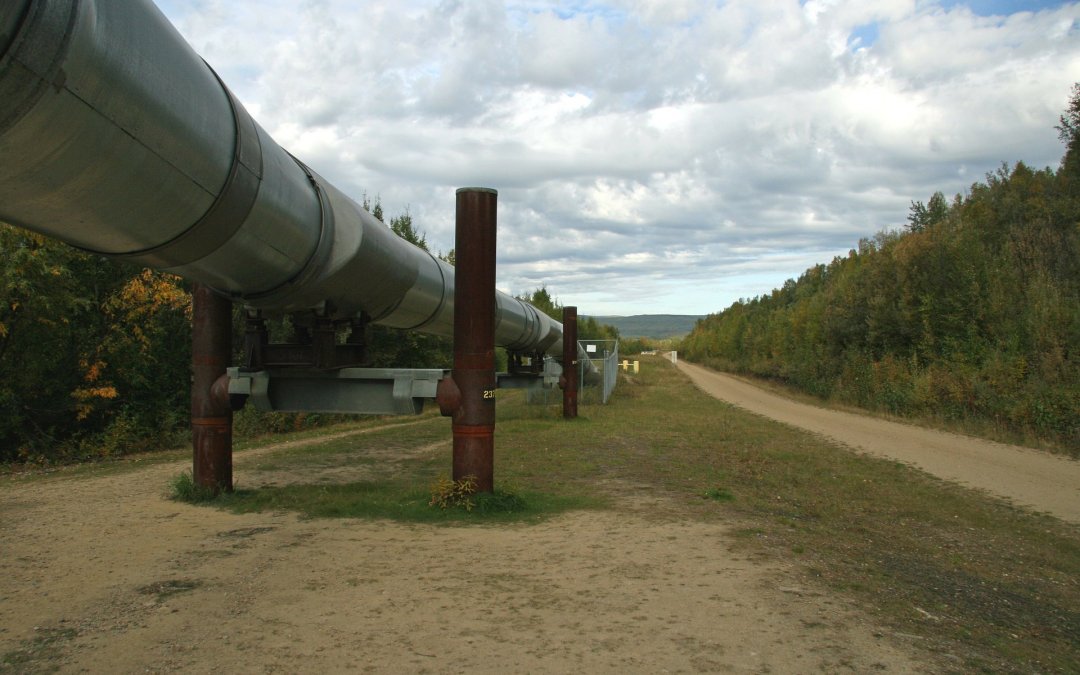WASHINGTON — The Biden administration should spend more money for research on pipeline leaks because a majority have gone undetected due to outdated data collection technology, leaving people unaware whether hazardous substances may be endangering their health, pipeline safety experts said Tuesday.
At a forum on pipeline safety research and development hosted by the Pipeline and Hazardous Materials Safety Administration of the Department of Transportation, the chief scientist at the Environmental Defense Fund, Steven Hamburg, said pipelines emit greenhouse gases, including carbon dioxide, methane and hydrogen gas through drilling, processing, transmission, storage and distribution operations, but there isn’t sufficient data tracking the quantity of these emissions. Because of that, it is hard to determine which changes pipeline operators need to implement to improve safety and reduce environmental impact.
Last year, the DOT reported that there are over 2.6 million miles of gas pipelines, which transport hydrogen, propane, natural and other types of gases, across the U.S. More than 229,500 miles of hazardous liquid pipelines across the country move carbon dioxide, crude oil and biofuels like ethanol and biodiesel.
The installation of pipelines has been a source of controversy for at least a decade. A decade-long battle over the Keystone XL oil pipeline, which would have spanned around 1,200 miles from Canada to Nebraska, ended this year when the developer terminated the project. Environmental and Indigenous activists protested for years against the Line 3 pipeline, which began carrying oil from Canada to northern Minnesota in October.
Over the past 20 years, there have been 695 pipeline incidents, causing over 1,140 injuries and 256 deaths, according to PHMSA. The new bipartisan infrastructure law will provide PHMSA with $195 million a year over the next five years for pipeline repairs and rehabilitation; it does not include new spending to improve data collection.
Massoud Tahamtani, deputy associate administrator for policy and programs at PHMSA, said the agency, which records pipeline mileage, performance and incidents, only receives methane data from pipeline operators when it is paired with a pipeline accident report. Andy Miller, associate director for climate at the Environmental Protection Agency, said in the virtual forum’s chat function that the EPA, whose emission data are mainly based on information provided by the states, faces the same challenges of insufficient data.
Hamburg said more federal spending on technological improvements in data collections would allow experts to better understand which pipeline materials corrode the quickest, how much gas is emitted into the atmosphere, where leaks are occurring and more.
“We’re not going to understand these systems unless we really expand the data that we have,” Hamburg said. “We’ve got to create a much more robust data system and then we can answer these questions far more effectively.”
Bill Caram, executive director of the Pipeline Safety Trust, which advocates for pipeline safety standards and environmental protection, said extreme climate change-related weather events, including floods, landslides and permafrost, make it more difficult to transport these substances safely through pipelines.
“Climate destabilization is one of the greatest risks posed to public safety by pipelines,” Caram said. “It is getting harder and harder to separate climate issues from safety issues as climate change threatens the integrity of pipeline infrastructure.”


